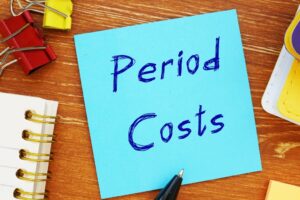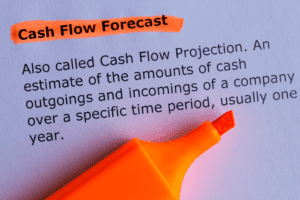
By considering these factors, you’ll be better equipped to make informed decisions about your capital assets. In summary, the relationship between depreciation and salvage value is intricate. Businesses must weigh financial, tax, and strategic factors when estimating salvage value. Whether you’re calculating annual depreciation or evaluating Budgeting for Nonprofits long-term investments, understanding this dance between depreciation and salvage value is essential for financial success. When selling your vehicle to a salvage yard, knowing how to price a salvage title car will ensure you get the best price for your salvage car.

Real Estate Industry
It’s essential to consider the life cycle of an asset when deciding whether to ignore depreciation in business computing. You must report any changes in salvage value to the IRS, as it may affect the amount of depreciation you can claim. To qualify for depreciation, an asset must be owned by your business and used in a business or income-producing activity. In many businesses, especially manufacturing, machines are the backbone of production. Most of these businesses rely heavily on the productivity of their existing machines, which affects the quality and effectiveness of their products. Salvage value is typically expressed as a percentage of the asset’s original cost.
Fixed Asset Salvage Value Calculation Example (PP&E)
- The after tax salvage value online calculator provides us the after-tax value of the salvage of the asset.
- The double-declining balance method doubles the straight-line rate for faster depreciation.
- This estimation takes into account factors such as technological advancements, market demand, and the asset’s current state.
- It impacts the calculation of depreciation expense, which in turn affects net income and tax liabilities.
- ” Insuring a car with a salvage title could be pricier due to uncertainty, given its history.
It’s the amount a company thinks it will get for something when it’s time to say goodbye to it. Companies use this value to figure out how much to subtract from the original cost of the thing when calculating its wear and tear. It’s also handy for guessing how much money they might make when they retained earnings balance sheet get rid of it.
How Salvage Value Is Used in Depreciation Calculations
- Organizations must account for this when estimating salvage values for IT equipment.
- In this article, we will delve into the concept of salvage value, its calculation, and its significance in asset management.
- The business has to pay $250,000 for a total of eight commuter vans that it wishes to use to deliver the goods across the city.
- Salvage value is usually given as a percentage of the asset’s original cost.
- Here is an example that explains how to calculate salvage value based on the formula above.
- Here, you will learn the formula for calculating this value and the various depreciation methods that affect it.
However, you’ll need to have a salvage title vehicle privately appraised on a case-by-case basis to determine its market value. ” Insuring a car with a salvage title could be pricier due to uncertainty, given its history. The declining balance method accelerates depreciation by applying a higher percentage rate to the asset’s book value each year.

The carrying value is what the item is worth on the books as it’s losing value. It’s a critical component in calculating depreciation and can significantly impact financial statements and tax calculations. In accounting, an asset’s salvage value is the estimated amount that a company will receive at the end of a plant asset’s useful life.

- Also integrating an AI mechanism like ERP.AI to your ERP system can make it smarter by enhancing enterprise process, data governance & decision-making.
- In such cases, the insurance company decides if they should write off a damaged car considering it a complete loss, or furnishing an amount required for repairing the damaged parts.
- During a recession, demand for used assets may decrease, affecting their salvage value.
- One method of determining depreciation involves considering the asset’s salvage value.
When an asset reaches the end of its useful life or becomes economically unviable, businesses must decide whether to sell, scrap, or donate it. Salvage value affects salvage value depreciation, a non-cash expense that influences net income on the income statement. A higher salvage value results in lower annual depreciation expenses, potentially inflating net income.

The estimated useful life of the machine is 5 years, and its salvage value is determined to be $2,000. This method assumes that the asset’s value decreases at a constant rate over time. Ignoring taxes on gains from asset sales can lead to overestimating the asset’s value, resulting in incorrect financial reporting.
